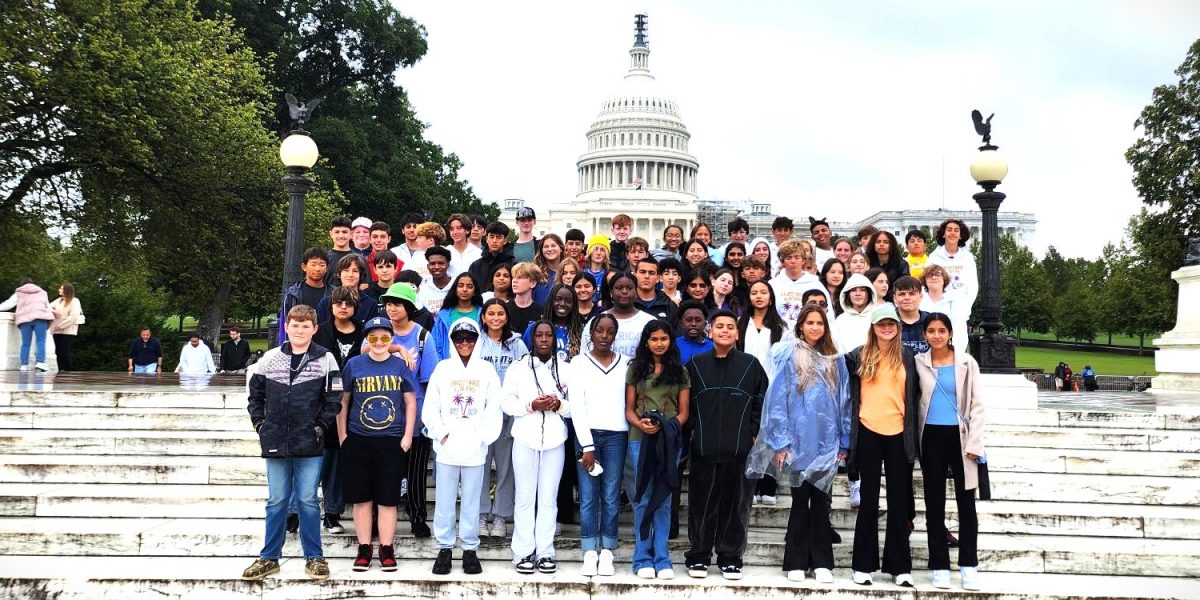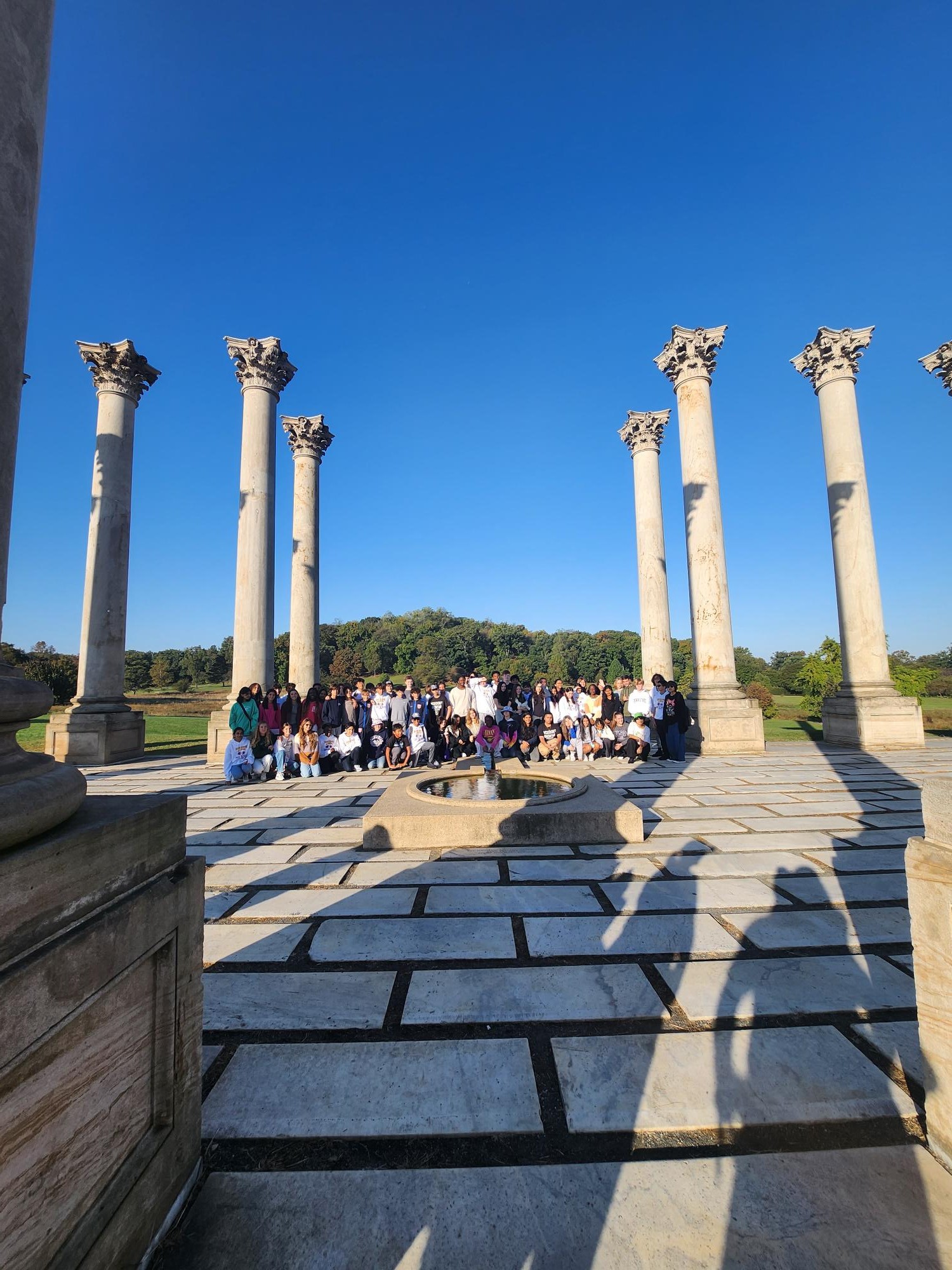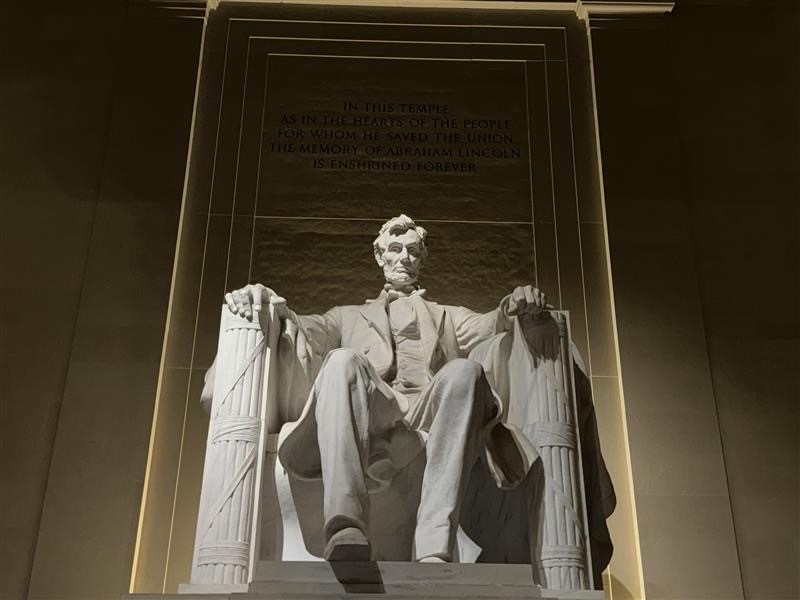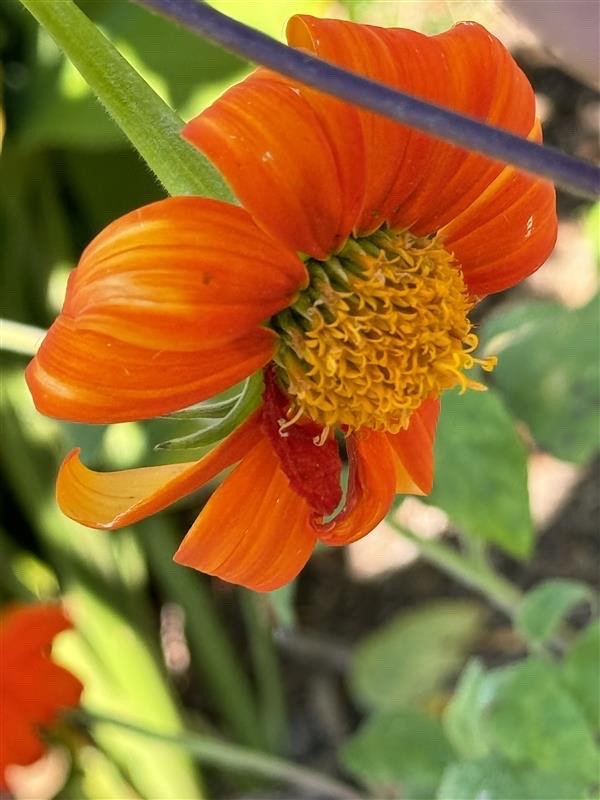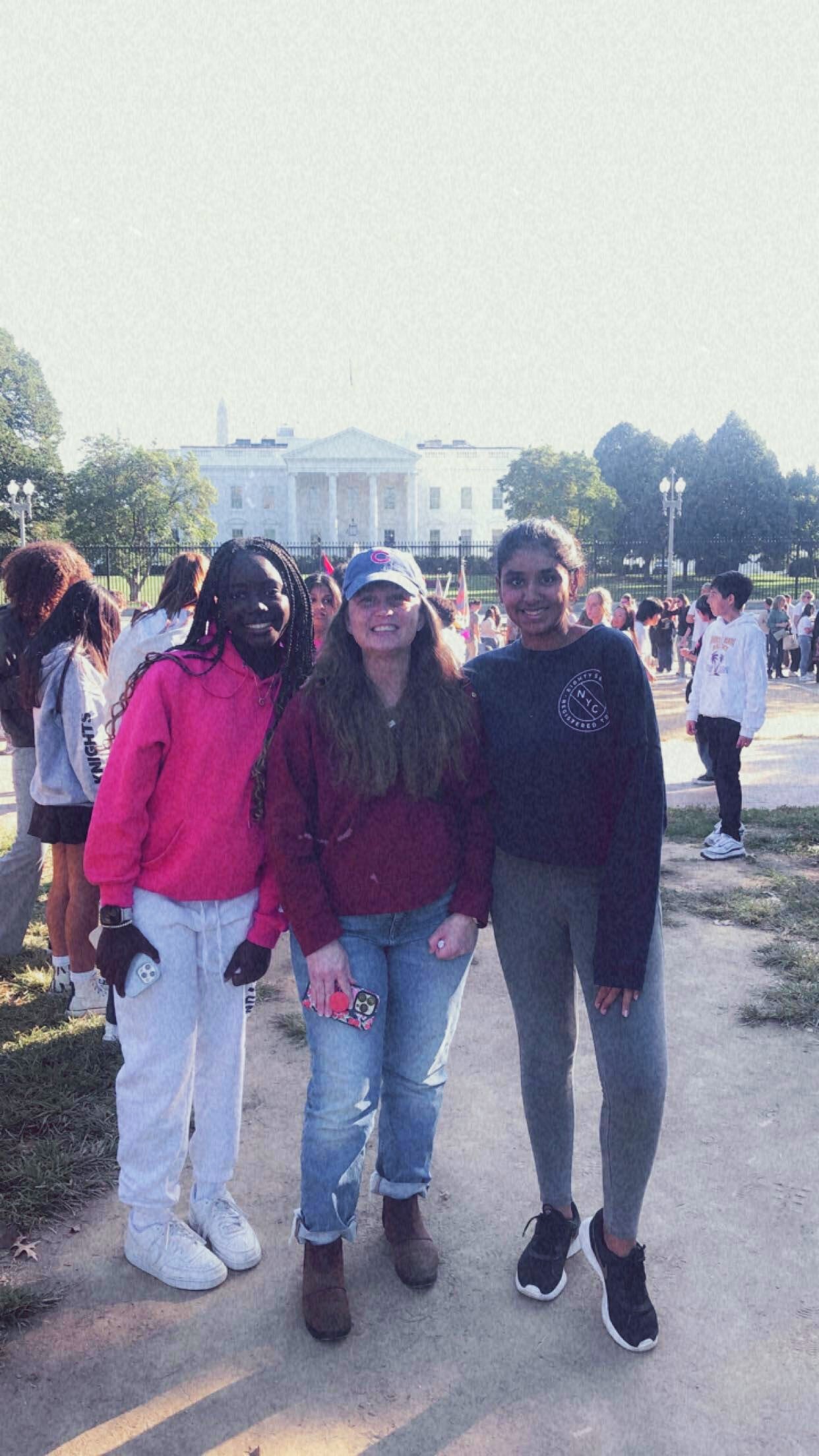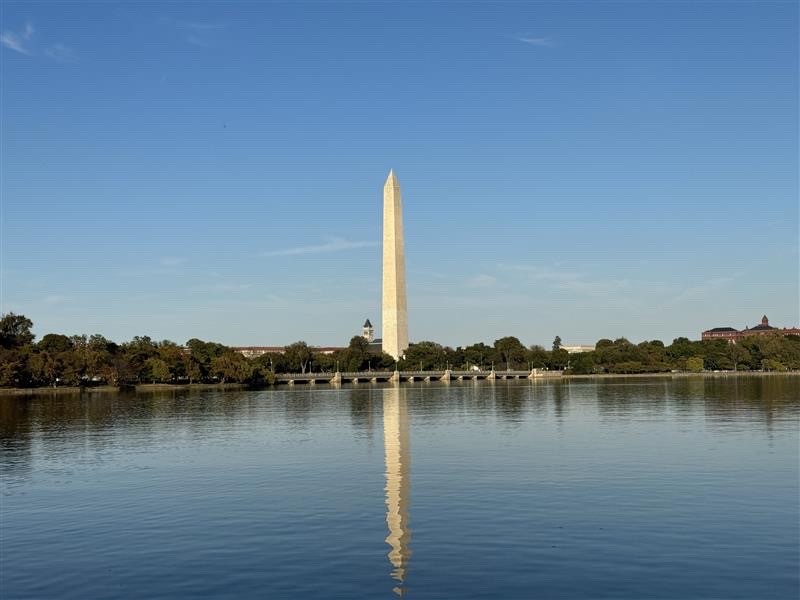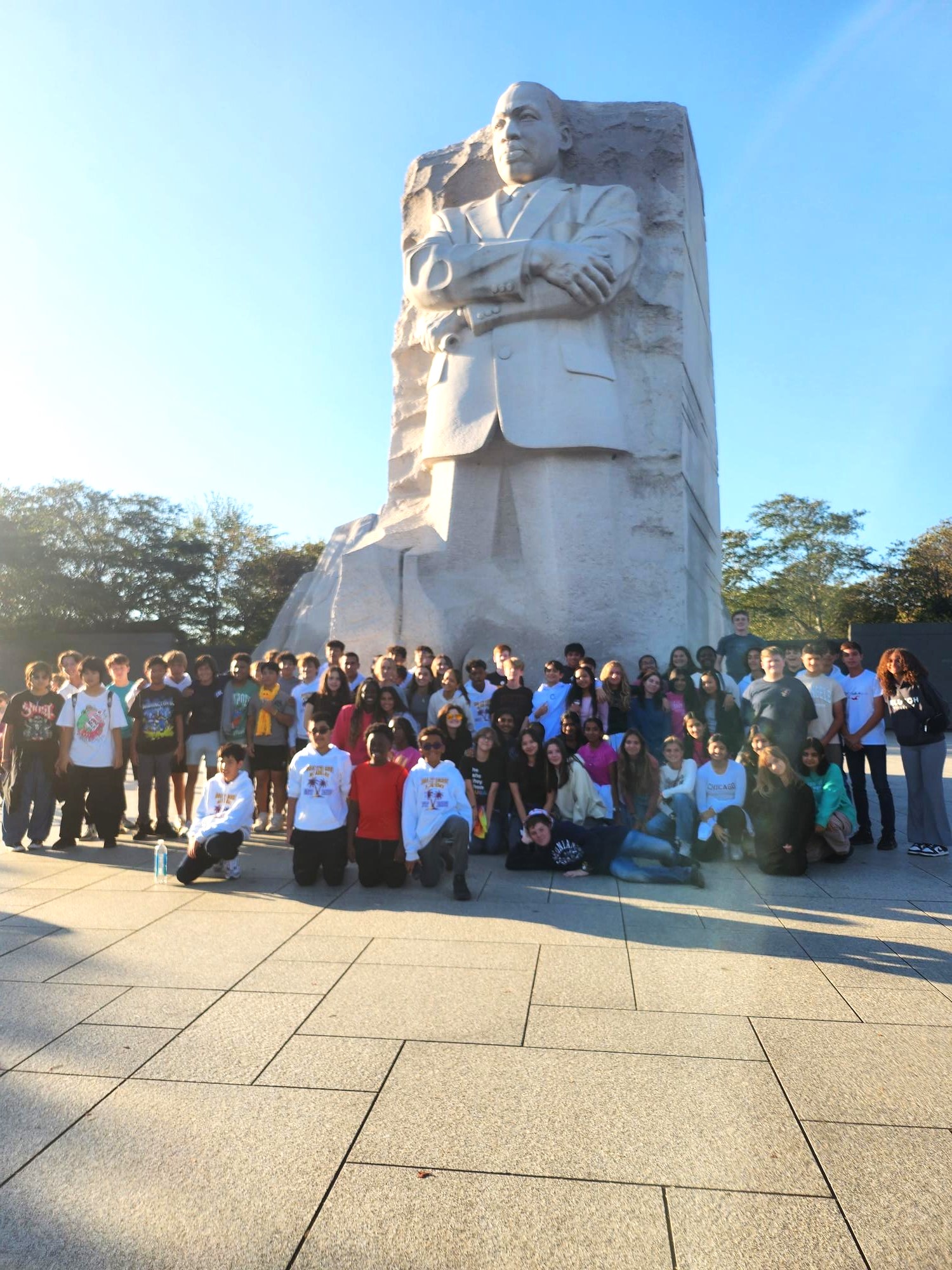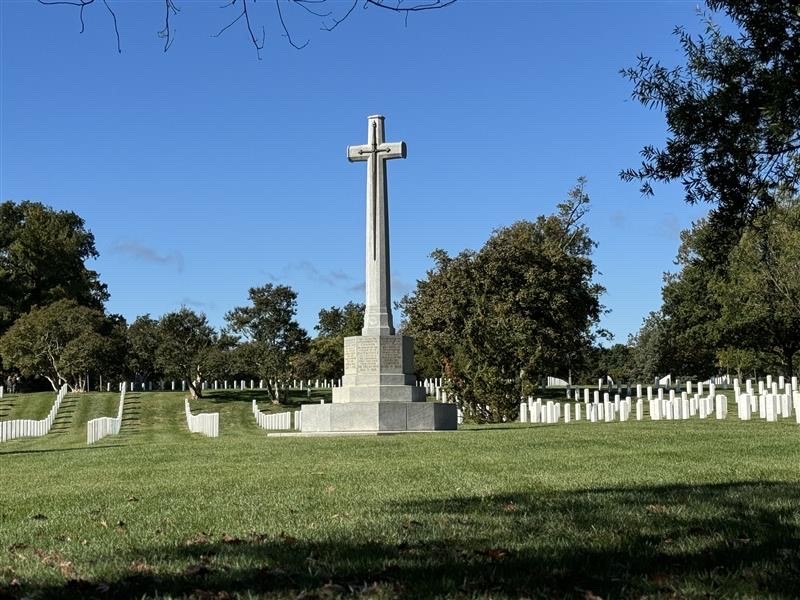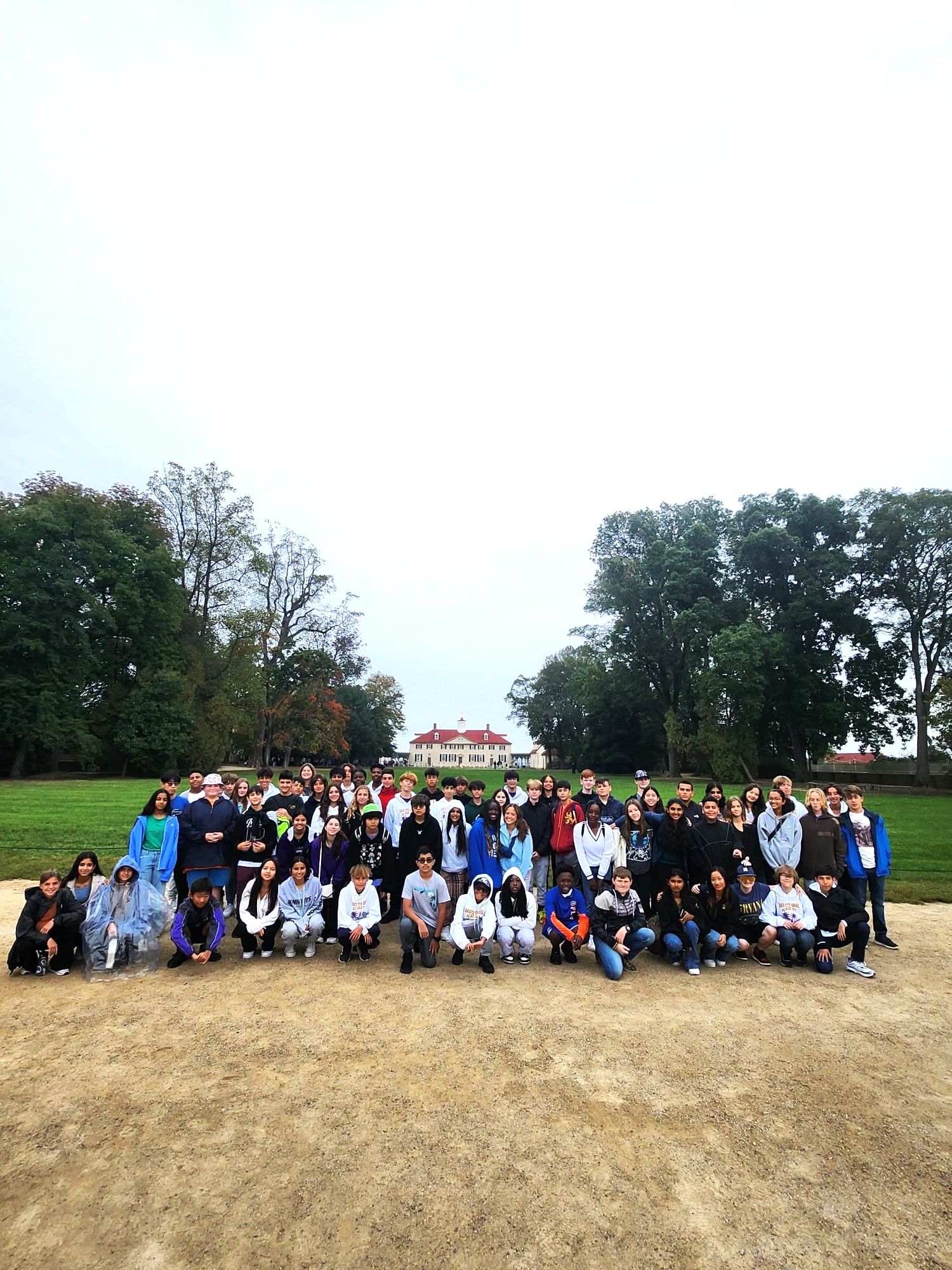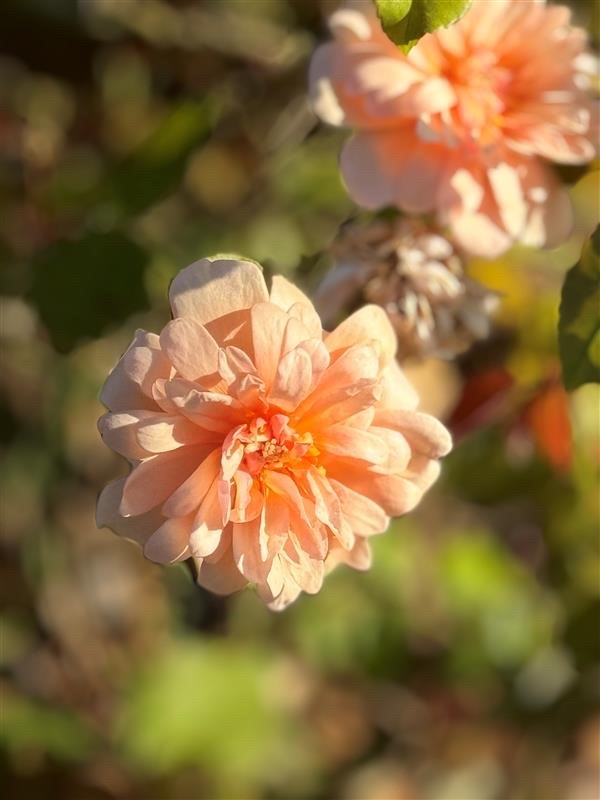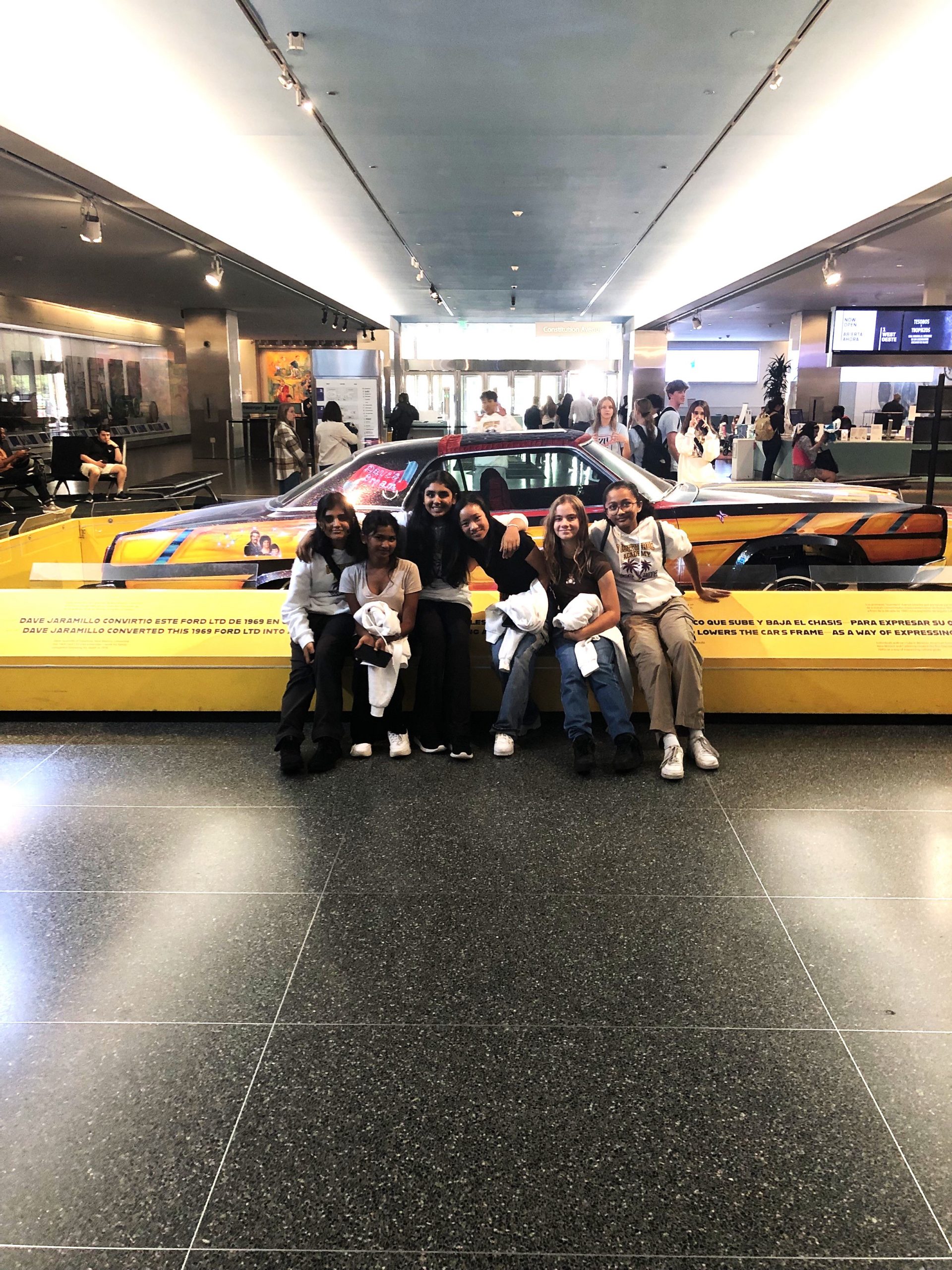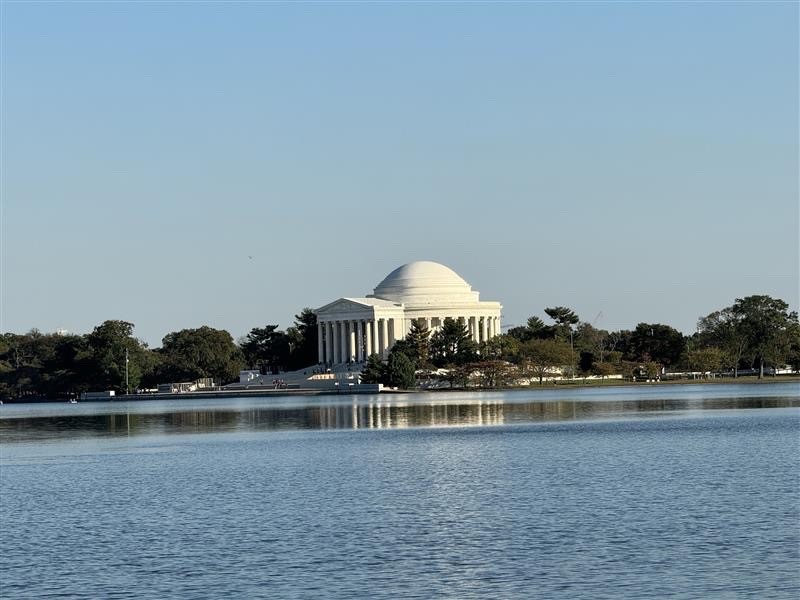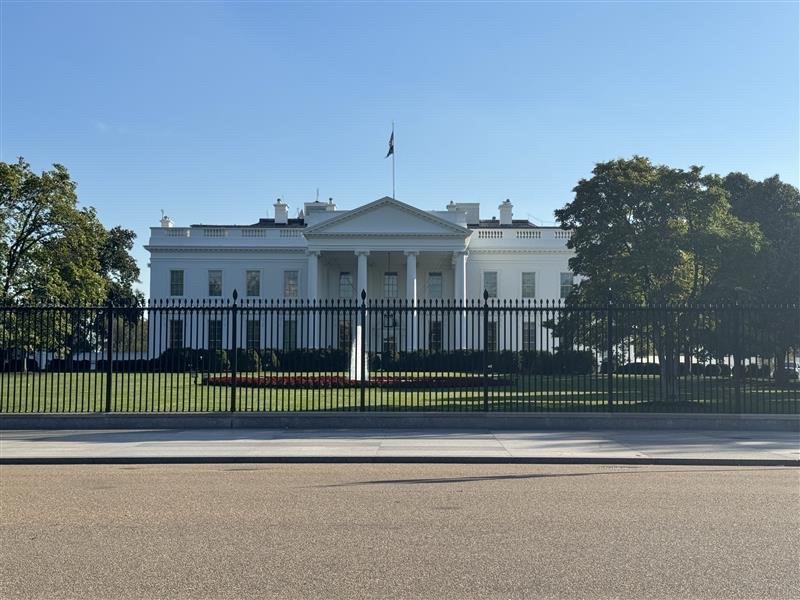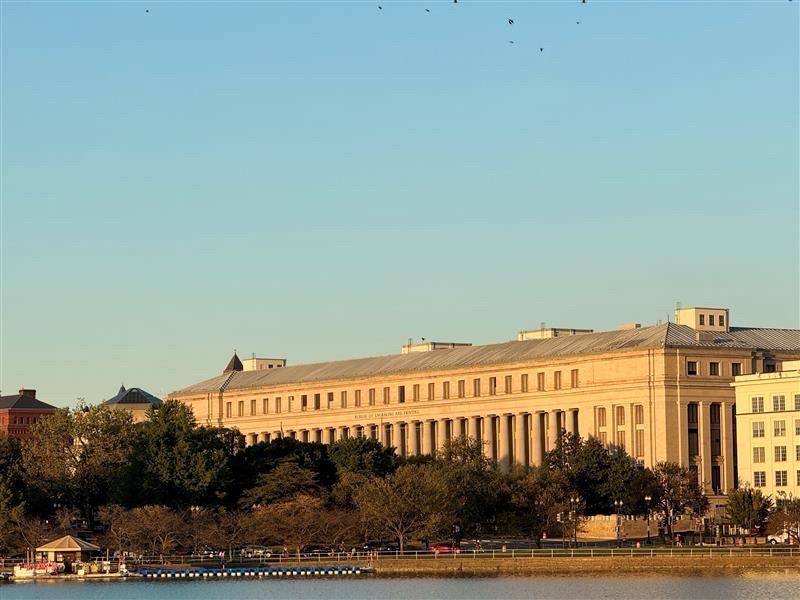By Rhea Bisht, Sanvhi Gandhi, and Meera Patel
Our first stop in Washington, D.C. was the National Museum of American History. There we saw things such as cars and a remake of the bus where Rosa Parks sat. For dinner, we went to Ben’s Chili Bowl where many famous people, including former President Obama, have eaten.
On the second day, we visited the National Arboretum and the ruins of the U.S. Capitol Columns. We observed the beautiful scenery alongside the columns and other attractions, including koi fish. We then went to the National Air and Space Museum where we learned about the evolution of rockets and space travel and how planes developed into the ones we see today. Judina Meus, a current eighth-grade student, said, “The National Air and Space Museum had a bunch of things that I found interesting like all of the vintage cars and planes. There was also interactive entertainment that we got to enjoy. My favorite thing there was the part where we learned about the Wright Brothers and saw how the plane was made.”
At the National Gallery of Art, we saw countless paintings, sculptures, and statues from different periods. After lunch, we visited the Holocaust Museum that told the story of the millions of lives that were affected by this tragic event. Afterwards, we visited the White House and learned about the one lasting protest that has been around since 1981. We then reached the sites of the Martin Luther King Jr. Memorial, the Franklin Delano Roosevelt Memorial, and the Thomas Jefferson Memorial, which all taught us more about our past.
The following day, we were able to go see the tomb of George Washington and his home, Mount Vernon. We even watched a special effects movie that allowed the fake snow and harsh winds to hit us in real life. We then journeyed to the burial grounds of Washington’s slaves, making sure to be kind and respectful to the graves. We then walked through the mansion and learned about the house’s origin and the improvements Washington made. One interesting fact was that some of the windows in the house were fake, providing the illusion that everything was symmetrical.
Arriving to the United States Capitol after a long, bumpy bus ride, we caught a glimpse of the Capitol in all its glory, including the protest occurring right in front of it. As the sun brightened, we reached the National Museum of African American History. Madeline Hogan remarked, “The National Museum of African American History was amazing because I got to see things that I would not see in Florida. I saw the original Black Panther suit, and I also got to dance. It was so fun learning about other cultures and different art.” As many people loved the diversity of the museum, one of our favorite parts was the different people they used to display the true impact African Americans have had on our country today.
Eventually we moved on to the National Museum of the American Indian. Claire Tornetta said, “A lot of works were fascinating, and the architecture was beautiful. It’s amazing that people were able to create the things we were able to see at D.C.” At the National Portrait Gallery, we saw the beautiful paintings and learned about the American artists who created them.
We ate at Hard Rock Café and then reached the National 9/11 Pentagon Memorial. Covered in rain and shivering in the cold, we all huddled together and set off to view all the different memorials for each person. Out of all the memorials, this one had to be the best. Each simple detail painted a picture of the emotions of not just the people in the accident, but also of their loved ones. As the water poured down, we set off back to the bus, ready to get to the hotel.
Before driving to the airport, we visited Arlington National Cemetery where we watched the changing of the guards. While many students had been sad about leaving D.C., we were also very excited at the thought of going back home. As the bus drove, there were many conversations between friends and teachers. Going on this trip was an incredible experience for all and allowed the eighth-grade class not just to learn about our past but also to reflect on the knowledge we have gathered to help our future.


